How do landmarks in London influence civic traditions and ceremonies?
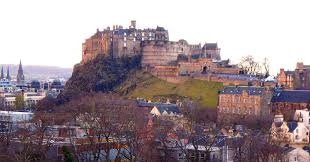
London, one of the world’s greatest historic cities, is home to landmarks that are not only architectural treasures but also living symbols of civic identity. These iconic sites serve as the stage for ceremonies, festivals, and traditions that continue to shape the cultural and political life of the United Kingdom. From royal pageantry to public commemorations, London’s landmarks are inseparable from the civic rituals that define national unity and pride.
Buckingham Palace: Symbol of Royal Tradition
Buckingham Palace, the official residence of the monarch, is at the heart of civic and royal ceremonies. The Changing of the Guard, a colorful military tradition held outside the palace, is a daily reminder of continuity and stability in the monarchy. Equally significant is Trooping the Colour, an annual June celebration of the monarch’s official birthday. With its military parade and public gathering, it exemplifies how a landmark can serve as a space for national unity and celebration.
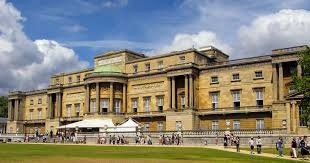
Westminster Abbey: Ceremonial Heart of the Nation
Westminster Abbey plays a central role in civic traditions tied to the monarchy and the state. Since 1066, it has hosted coronations, including that of King Charles III in 2023. It is also the venue for royal weddings, funerals, and national services of thanksgiving. These ceremonies, broadcast globally, reinforce London’s status as a ceremonial capital and keep ancient traditions alive in the modern world.
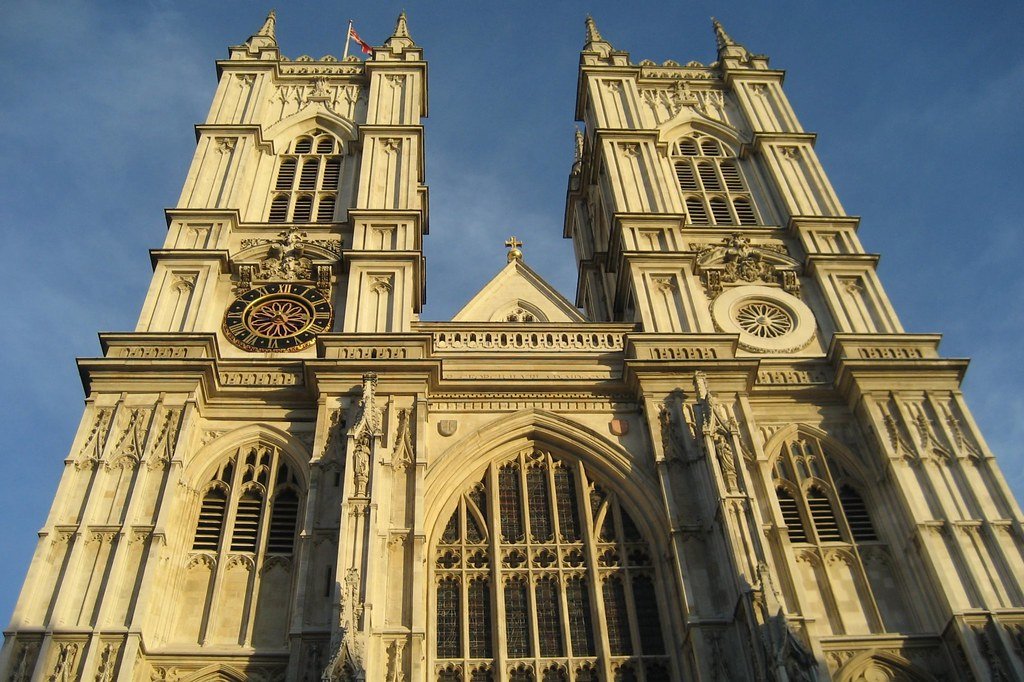
The Palace of Westminster and Big Ben: Political and Civic Symbolism
The Palace of Westminster, home to the Houses of Parliament, is the cornerstone of British democracy. It hosts the State Opening of Parliament, a ceremony filled with pageantry that underscores the relationship between the Crown and Parliament. Big Ben’s chimes, especially at midnight on New Year’s Eve, mark moments of national reflection and celebration, symbolizing both civic order and public festivity.
The Tower of London: Guardianship and Ritual
The Tower of London, steeped in history, is not just a tourist attraction but an active participant in civic tradition. Its nightly Ceremony of the Keys, practiced for over 700 years, symbolizes security and continuity. On occasions of national remembrance, such as the 2014 installation of ceramic poppies to honor World War I, the Tower transforms into a space of collective memory and civic mourning.
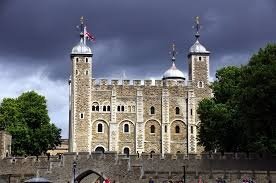
Trafalgar Square: Public Gatherings and Celebrations
Trafalgar Square has become London’s civic stage, hosting festivals, protests, and national celebrations. Events like St. Patrick’s Day parades, Chinese New Year festivities, and public screenings of royal weddings demonstrate its role as a gathering space for cultural diversity. At Christmas, the annual lighting of the Norwegian spruce tree—gifted each year by Oslo—represents civic friendship and international solidarity.
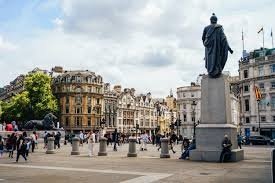
Conclusion
London’s landmarks are more than architectural icons; they are living arenas where civic traditions are practiced and renewed. From the grandeur of coronations at Westminster Abbey to the vibrant gatherings in Trafalgar Square, these spaces embody the values of continuity, unity, and democracy. By hosting ceremonies that balance royal heritage with public participation, London’s landmarks ensure that civic traditions remain central to both national identity and global admiration.
